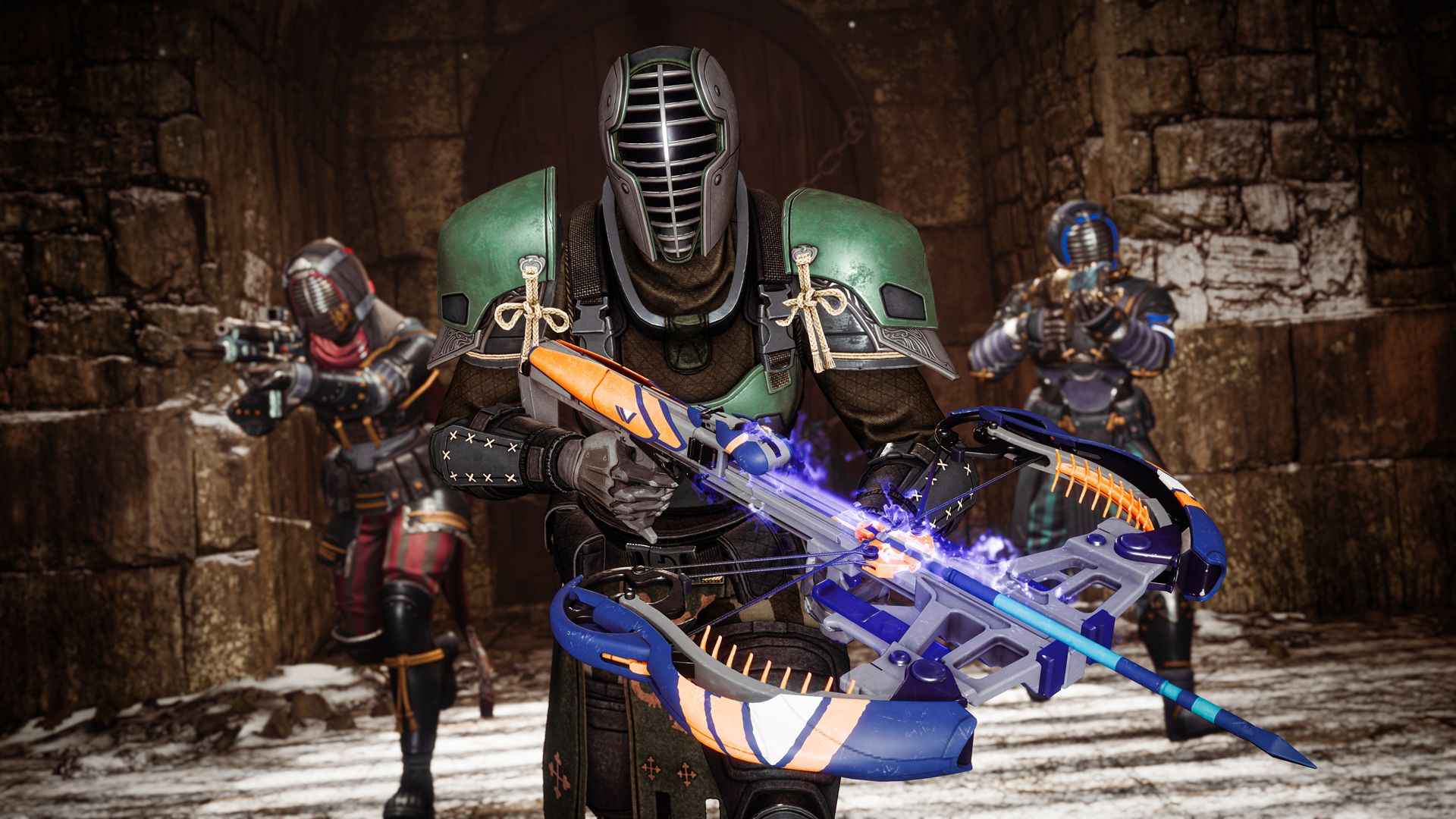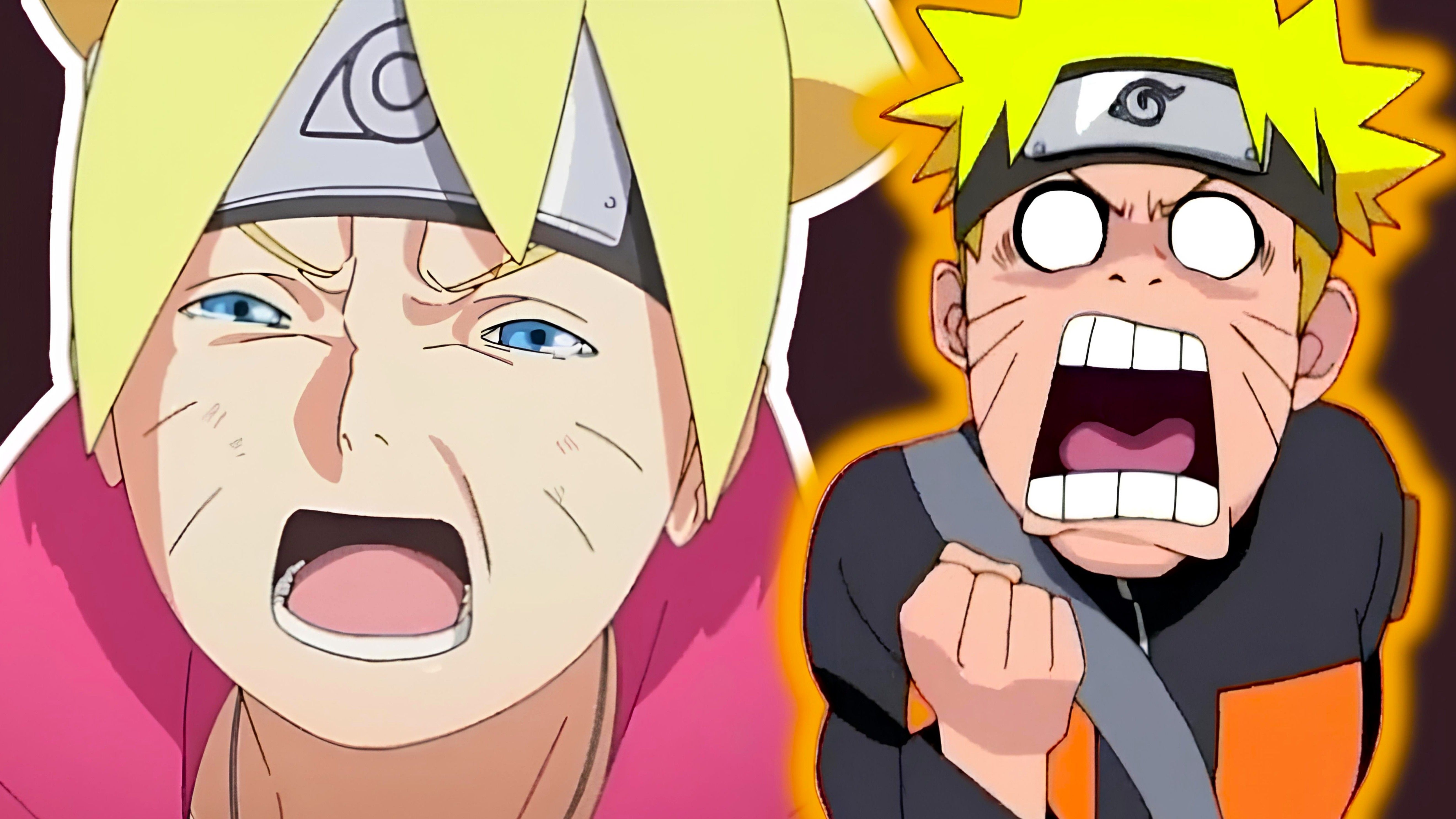Pokemon GO Reveals Community Day Dates for March, April, and May 2026

Throughout the year, the mobile game Pokémon GO hosts regular Community Day events. These events, typically lasting just one day, significantly increase players’ chances of finding a particular Pokémon. Plus, the featured Pokémon is more likely to appear in its rare, shiny form, which makes these days especially popular with fans. So far in 2026, there’s already been one Community Day and a Community Day Classic, with more planned for the future.








